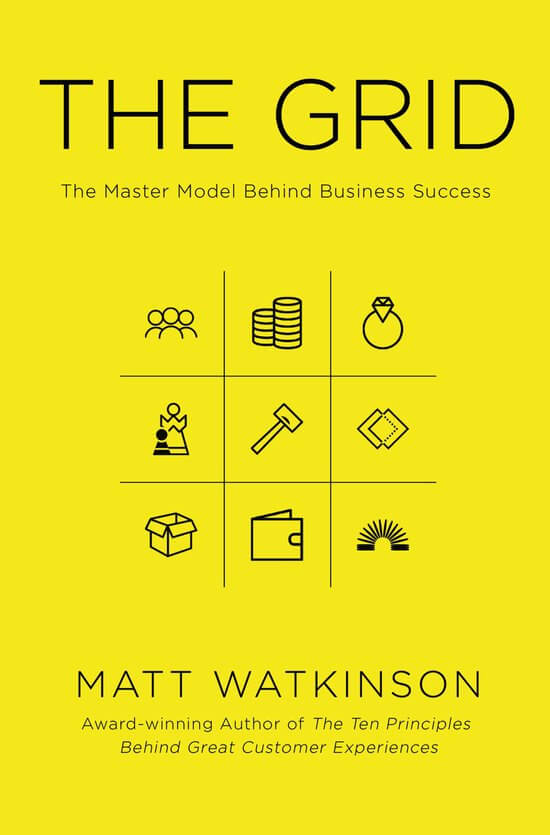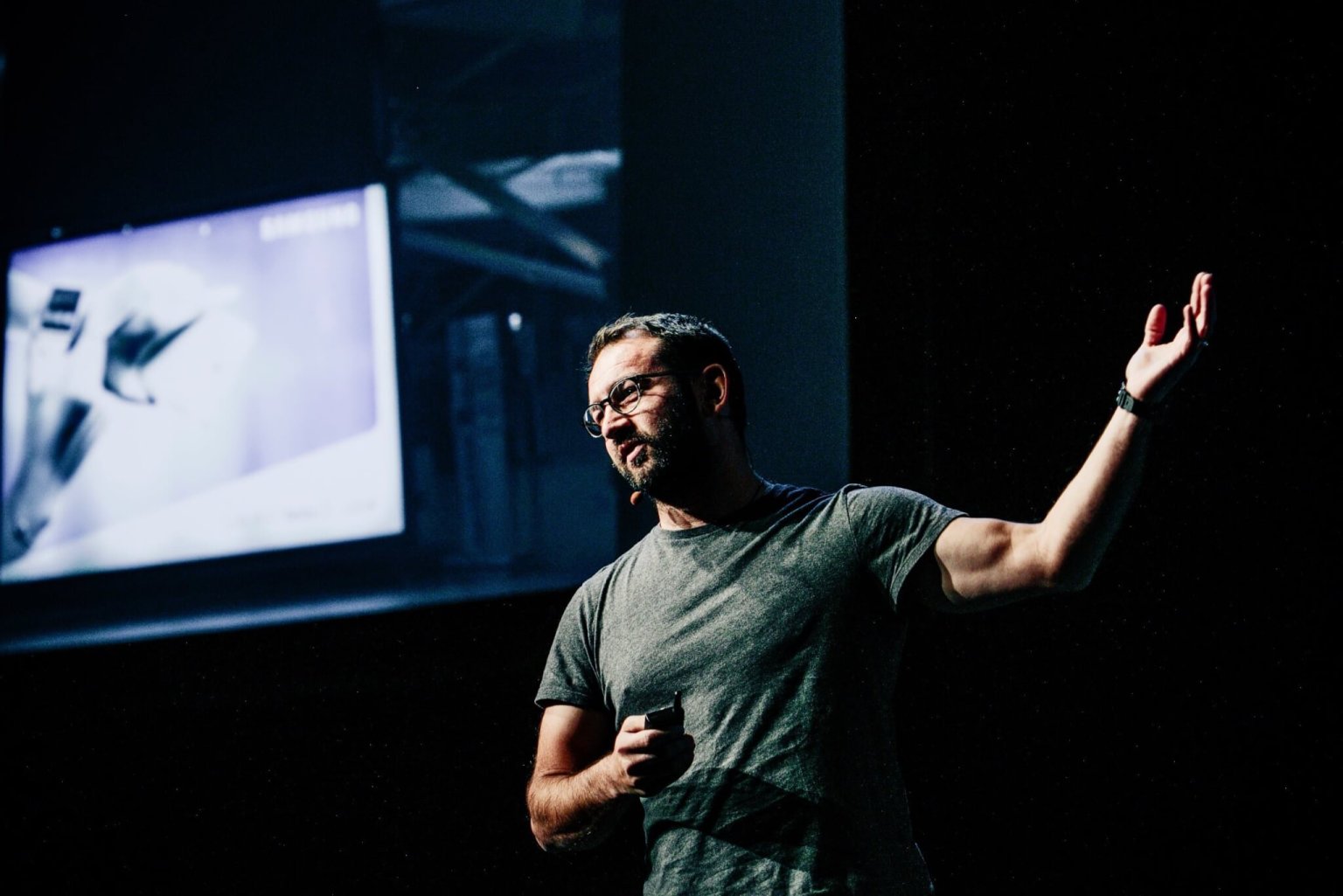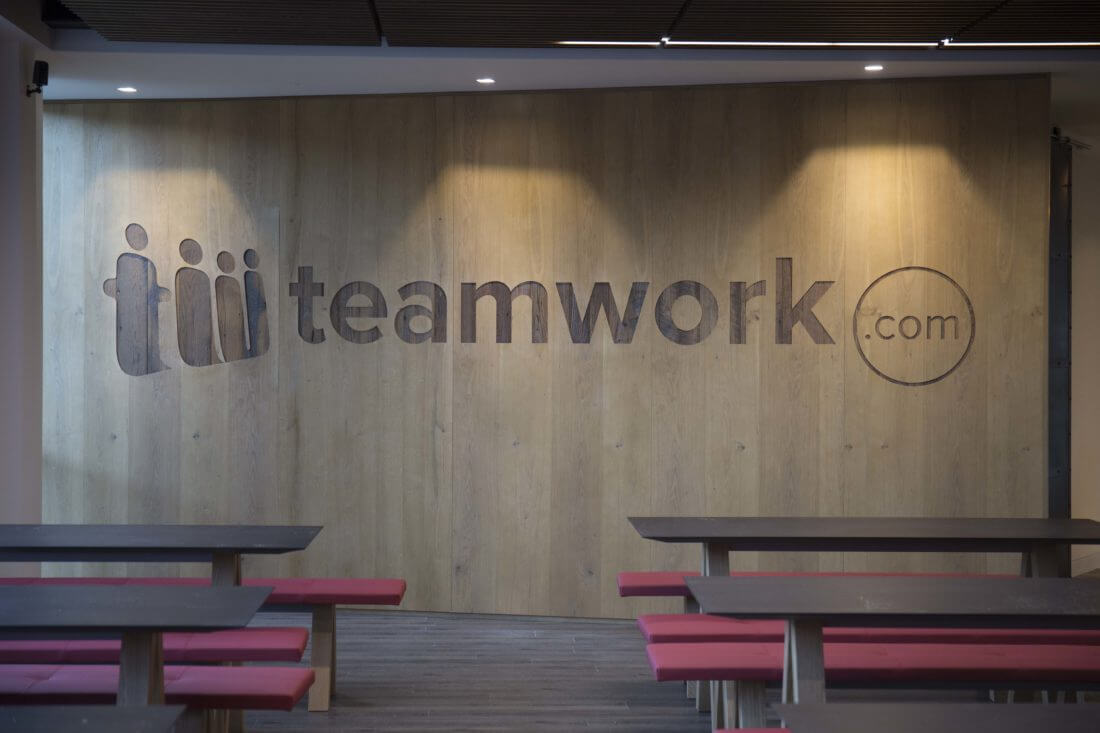To truly improve customer experience strategy, companies need more than new tech or faster response times. It’s about embedding customer value into every layer of your business—from how you design products to how you resolve problems. The goal? Create interactions that are seamless, meaningful, and rooted in trust.
But many businesses still fall short. A 2024 PwC report revealed that 32% of customers would abandon a brand they love after a single poor experience. And according to Gartner, 81% of CX leaders find it difficult to maintain progress with their initiatives. The real challenge isn’t recognizing the value of CX—it’s knowing how to drive consistent, meaningful improvements.
To explore how companies can close this gap, we sat down with Matt Watkinson—author, speaker, and customer experience strategist. With a practical, no-fluff approach, Matt offers a fresh perspective on how businesses can rethink CX and make it work in the real world.
Matt Watkinson's Journey As a Customer Experience Expert
Matt, as a keynote speaker, you've been invited to share your ideas with global brands like Microsoft, Volkswagen, Salesforce, Coca-Cola, American Express, and Google Campus. How do you tailor your approach to customer experience when working with such diverse organizations across different industries?
Every client has a unique culture and circumstances, but there are often consistent challenges or themes. We do not have a one-size-fits-all prescriptive approach. Instead, we have a sizeable quiver of methods, frameworks, resources, and tools, and use the right ones for the job.

Aligning agency growth with client expectations
You run a design agency called Methodical in California. It started as a UX design firm, but now it's a digital design agency and customer experience consultancy. What was the driving force behind this change?
The driving force is simply responsiveness to the market. We pay rapt attention to our client's needs and their customer's expectations and are always trying to maximize the value we bring to our relationships. There's nothing more to it than that.
Balancing CX quick wins with long-term strategy
What are the best ways for businesses to balance the need for immediate CX "quick wins" with broader business goals to ensure they drive value?
There are several factors that warrant consideration. Yes, there is the cost, complexity, and value of a particular improvement, but there is also the timeline you are operating on. A continuum of quick wins may ultimately result in a slow loss. An expensive, painful overhaul may be a long-term platform for growth. These decisions must be made carefully and fully considering the commercial and competitive context of the business.
Why basics still matter in the age of AI
Why do you think organizations often overlook "the basics" of customer experience, even as they invest heavily in advanced technologies like AI?
There can be many reasons. First, it takes tremendous discipline to stay focused on what matters. Second, there is little status, glamour, and excitement associated with this sort of drudge work. Third, people always look for shortcuts rather than acknowledging that excellence is doing ordinary things extraordinarily well.
Ten principles behind great customer experiences
Matt, your first book, The Ten Principles Behind Great Customer Experiences, won CMI's Management Book of the Year in 2014. What inspired you to write it, and how have its principles stood the test of time?
I wrote it because I thought a set of collectively exhaustive, universally applicable principles would allow people to make better design decisions more consistently in less time. Feedback over the last decade has been that this goal was achieved.

Practical ways to apply the CX principles
Could you briefly outline the ten principles from your book and share how businesses can apply them to enhance their customer experience management?
The ten principles are:
- Great customer experiences strongly reflect the customerʼs identity
- Great customer experiences satisfy our higher objectives
- Great customer experiences leave nothing to chance
- Great customer experiences set and then meet expectations
- Great customer experiences are effortless
- Great customer experiences are stress-free
- Great customer experiences indulge the senses
- Great customer experiences are socially engaging
- Great customer experiences put the customer in control
- Great customer experiences consider the emotions
They simply need to identify which of these apply in which circumstances or which they most want their brand to be associated with, then apply the insights from each chapter in a systematic manner. It’s not rocket science; it just takes some diligence.
In your experience, which of the ten principles do organizations struggle with the most, and why do you think this is such a common challenge?
The holy trinity is expectation management, effort reduction, and stress reduction. If organizations can work on those three, they will typically be head and shoulders above the competition.
Bridging CX strategy gaps with the Grid Framework
Your second book, The Grid: The Master Model Behind Business Success, introduces a decision-making framework. What gap does it address, and how can it support modern customer experience strategies?
The Grid was written to give organizations and individuals a systems view of their situation so they could direct resources appropriately to the areas that offered the most fertile ground.

Source: Matt Watkison
It can help by providing the aims and strategic context for customer experience programs. For example, they might be directed towards lowering adoption barriers, increasing sales volumes, building pricing power, changing brand perceptions, increasing purchase frequency, or retention.
What misconceptions or pitfalls do businesses encounter when first adopting the Grid for customer experience management?
They typically hate it because it challenges their assumptions while revealing what they should actually be focused on. This is not always a welcome insight.
How can the Grid framework help businesses identify and address the root causes of customer dissatisfaction? Could you share a real-world example of it in action?
The grid isn’t really a satisfaction management tool. It’s a tool for evaluating an organization’s performance holistically.
Turning uncertainty into a CX advantage
Your latest book, Mastering Uncertainty, focuses on thriving in unpredictable environments. What are the key lessons you hope readers can immediately apply to customer experience management?
An obvious one would be the need to run more experiments. Try stuff out and see what happens!

Source: Matt Watkison
What role does a growth mindset play in evolving customer experience strategies during uncertain times?
I would say a growth mindset is helpful in any role at any time.
In Mastering Uncertainty, you discuss adopting a probabilistic mindset. What practical steps can businesses take to integrate this approach into their customer experience frameworks?
They need to get comfortable with the idea of “affordable loss” — how much are we prepared to spend to see if any idea actually has legs — vs. inventing ROI calculations that are always wrong.
Can you share examples of businesses that successfully embraced uncertainty and turned it into a CX advantage?
Any business that sets trends or standards, truly innovates, or invests time and energy into exploring how new technologies can be used embraces uncertainty to create more value for its customers. This is nonoptional for businesses that want to dominate their industries. We cannot predict the future. We have to try new things and accept that there is risk attached to that.

Building enduring customer relationships
Lastly, you emphasize viewing customer relationships as long-term investments. How can businesses build this philosophy into their CX management?
It’s not always easy, especially if a business is run quarter to quarter. However, taking a long-term view of any relationship ultimately leads to better decisions. Ultimately, it’s a matter of culture, leadership, and incentives.
Improving customer experience strategy
Matt Watkinson keeps it simple: improving your customer experience strategy starts with disciplined thinking, not grand gestures. Real impact comes from reducing friction, managing expectations, and designing with purpose—not just following the latest CX trends.
He encourages businesses to use practical frameworks like The Grid to make smarter decisions and stay grounded in what drives real value. That means running small experiments, learning from real customer behavior, and making changes based on insight. Improving customer experience strategy isn’t about adding more layers; it’s about stripping away what doesn’t serve the customer and refining what does.
At its core, it’s a mindset. One that values clarity over complexity, and long-term impact over short-term noise.



